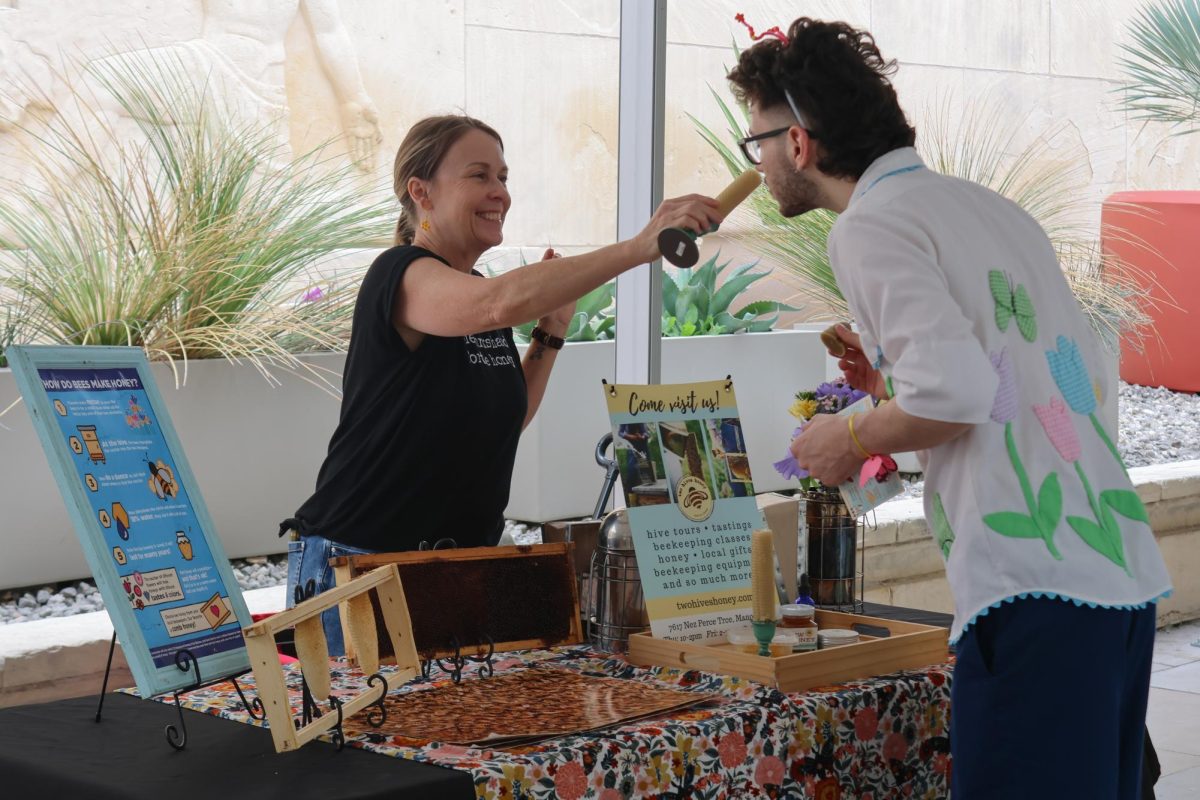Bats in Austin and throughout Texas may be threatened by a disease responsible for more than five million bat deaths around the country, leading to state and local efforts to save the creatures.
White-nose syndrome, discovered in 2006, is a fungus that targets bats in hibernation when they have a low body temperature and weak immune system. The syndrome has caused concern because of bats’ crucial role as a low-cost pesticide and in maintaining fragile ecosystems. Members of the Texas Parks and Wildlife Department have developed a working group to prioritize bat conservation and is in the process of developing white-nose syndrome response protocol, according to department officials.
Wendy Connally, a Texas Parks coordinator, said although the fungus has not been detected in Texas yet, the department felt the disease was a definite possibility. Connally said the department is hoping to finalize surveillance and bat protocol by the end of the 2012 fiscal year.
“I would absolutely encourage folks to be aware that white-nose syndrome is a possibility, and to follow decontamination protocol if they are cavers or miners to protect bats,” Connally said.
Carin Peterson, coordinator for the University’s Office of Environmental Health and Safety, said the office encourages students to look at but not touch bats on campus. Peterson said many students have misconceptions about bats and her office often deals with bats getting into buildings by mistake.
“If we became aware of the syndrome on campus we would notify Bat Conservation International and work with local wildlife officials as needed,” she said.
Insectivorous bats, who eat mainly insects, and hibernating bats are at most risk to contract and die from the disease. Animals with the disease exhibit unusual behavior during the cold winter months including flying outside during the day and clustering near entrances of caves and mines where they hibernate, according to the U.S. Fish and Wildlife Service website.
The bat species affected by the disease include the big brown bat, little brown bat, eastern small-footed bat, northern bat, Indiana bat and tricolored bat.
Mylea Bayless, programs manager at Bat Conservation International, said there is no risk to humans and no cases of humans contracting the fungus, but that humans could infect bats because they can carry the spores on their clothes. Bayless said the risks of the Mexican free-tailed bats, the largest bat colony in the U.S. residing under the Congress Bridge in Austin, is up in the air because the species does not hibernate and migrates to Mexico.
She said she was concerned about species like southeastern bats and tricolored bats, species that can be infected and reside in Texas, and about the lack of a cure for the condition.
“One of the tricky things is we know a lot of agents that will kill the fungus,” Bayless said. “The problem is that in order to treat the large number of bats in a cave environment is very risky. It could kill all the good and naturally occurring fungus and bacteria in caves.”




















